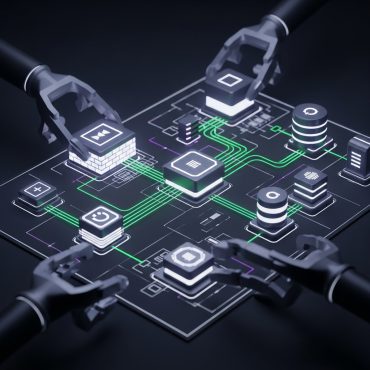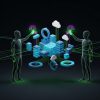What Is Multi-Factor Authentication?
Multi-Factor Authentication (MFA) is a security method that requires users to verify their identity using multiple authentication factors before gaining access to digital systems. Rather than relying solely on a username and password, MFA introduces a layered verification process that significantly enhances protection against unauthorized access.
Why Use MFA?
Password-based systems are vulnerable to modern attack vectors such as phishing, brute-force attacks, and credential leaks. MFA strengthens account security by requiring additional verification beyond a password, making it more difficult for attackers to gain access even with stolen credentials.
Types of Authentication Factors
1. Knowledge Factor (Something You Know)
• A password, PIN, or answer to a security question.
2. Possession Factor (Something You Have)
• A one-time code sent via SMS
• An authenticator app generating TOTP codes (e.g. Google Authenticator)
• A smart card or hardware security key (e.g. YubiKey)
3. Inherence Factor (Something You Are)
• Fingerprint recognition
• Facial recognition
• Retina or iris scan
• Voice recognition
How MFA Works
A user begins by entering their username and password (the first factor). The system then prompts for a second factor—typically something the user has or is. Only after all factors are successfully validated is access granted to the system.
Benefits of MFA
• Strengthens account and identity protection
• Mitigates the impact of stolen or leaked credentials
• Helps meet compliance standards such as GDPR, HIPAA, and ISO 27001
• Reduces organizational risk in enterprise environments
• Provides secure remote access for distributed teams
Conclusion
MFA is a fundamental element of modern cybersecurity. It should be implemented across all levels—from personal accounts to enterprise infrastructure—to ensure secure access. In today’s threat landscape, relying solely on passwords is insufficient. A multi-layered authentication strategy is no longer optional—it’s essential.












